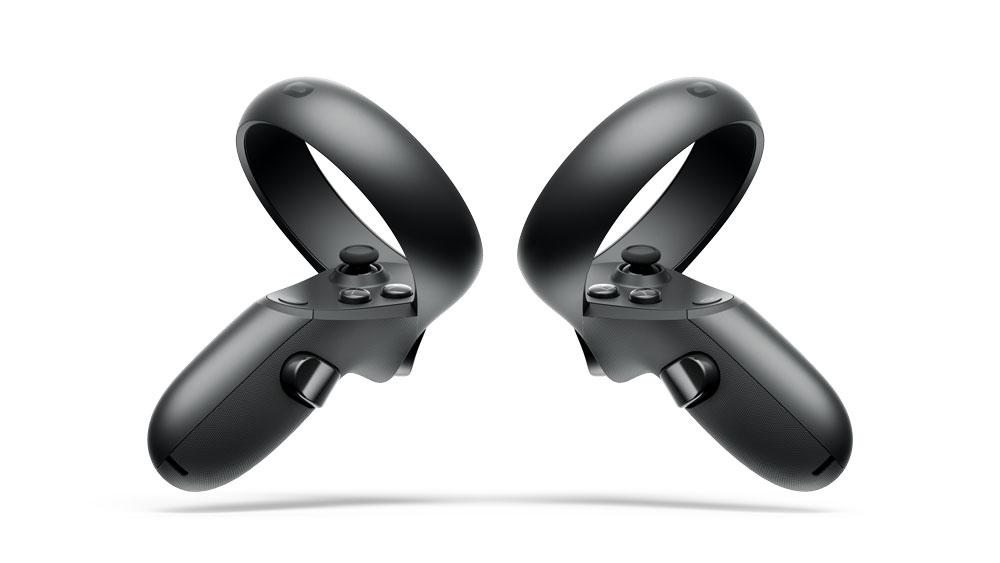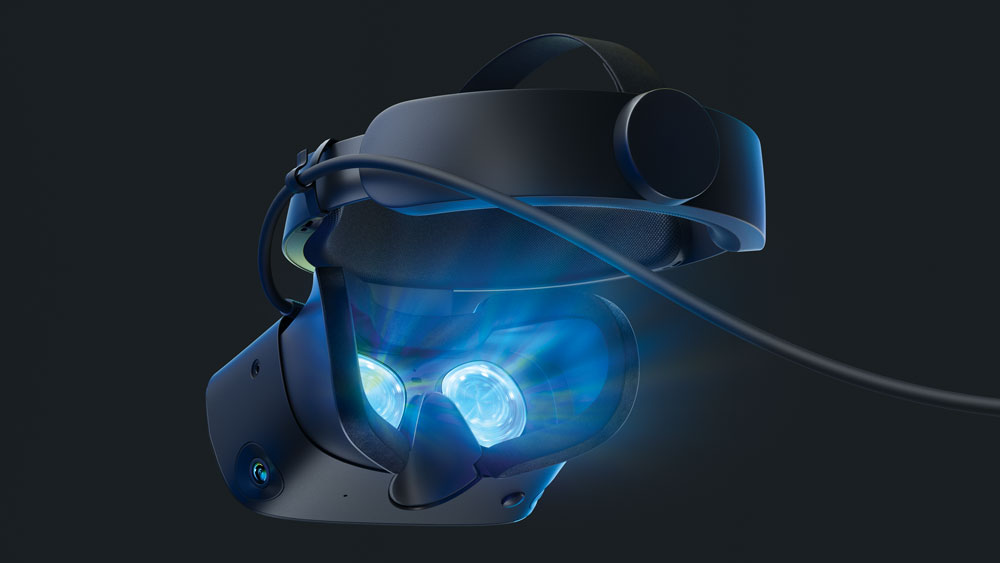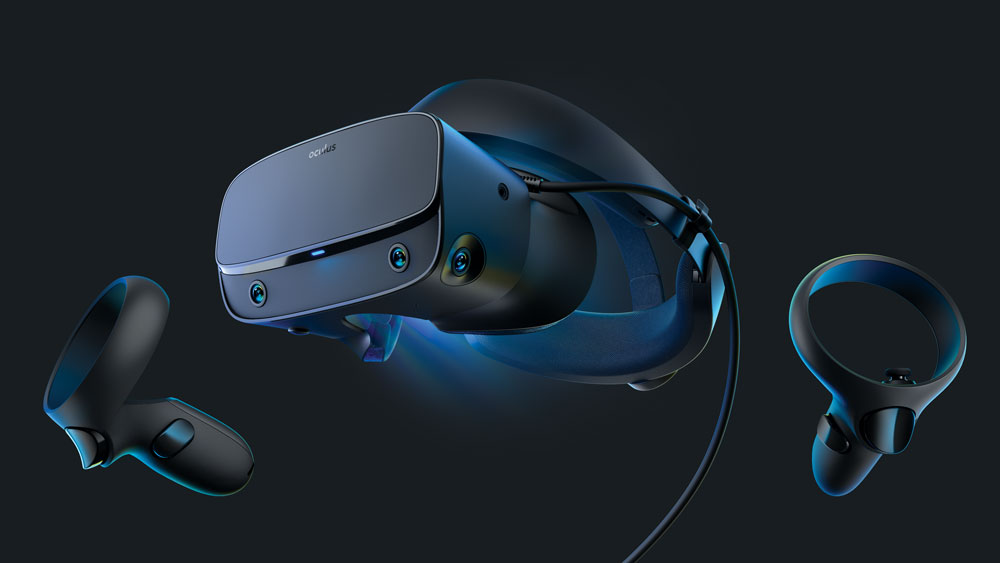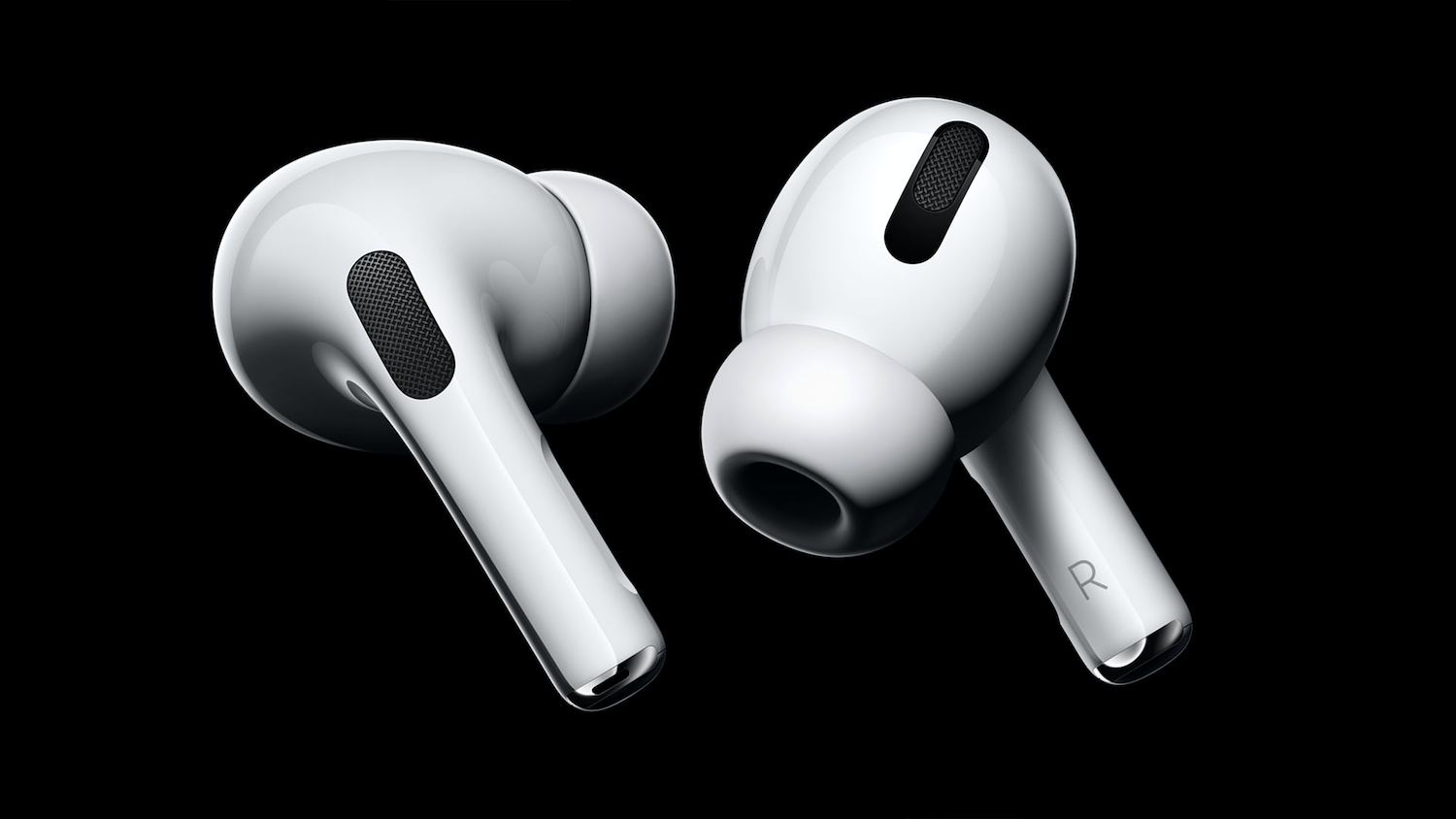Our Verdict
More of a revision than an upgrade, the Rift S still remains a key contender in the VR HMD world.
For
- Requires fewer ports than the Rift
- Excellent tracking and accuracy
- Huge assortment of apps
Against
- New audio system is intrusive
- Slower refresh rate
- No updated screens
Why you can trust Creative Bloq
Introducing: The Oculus Rift S, the newest VR headset from Oculus. Since 2012 Oculus has been working on VR headsets (and more recently, software). The original Rift went a long way towards ensuring that the technology was here to stay, as previously VR had been the hardware that meant end-user expectations were never truly met.
We tested the new machine to give you our thoughts on its design, features and performance. To create your own 3D content for use with VR platforms, you'll need the best 3D modelling software, and you may also want to check the best VR headsets to see how the Oculus Rift S compares.
Oculus Rift S: Design and accessories
The Rift S ships in a well-designed package, which contains foam inserts to hold things safely, as well as the controllers and batteries, so all you need to do is connect to your PC and run the setup app, which you need to download first.
Setup with the Rift S is a far less system–heavy affair than the original Rift, as it only takes a single USB port and one DisplayPort (an adapter is included, should you only have a mini port). This alone is a welcome change and for some users will make a drastic difference. For example, if you use certain laptops, or a Wacom Cintiq Engine, then you will claw back many much-need ports.
The headset itself hasn’t changed hugely in terms of feel, but you will instantly notice the five cameras – two pointing forward, one on each side and one upward-facing – which are the new methods for tracking, similar to the Oculus Quest.
Price: £399
Website: Oculus.com
OS: Windows/Mac OS
Resolution: 2x 1,080 x 1,440
Connections: 1 USB and 1 DisplayPort
Audio: Built-in directional speakers
In use these are fantastic, with excellent tracking that exceeds the accuracy of the Rift and allows you to turn in space without losing tracking. It also means no more wires trailing around your room. This single feature alone will be worth the upgrade for many people, us included.
The other main change to the headset itself is the removal of the headphones. Some may prefer the new directional speakers but we found we missed the older-style audio, which was also less intrusive to the people around you. However, Oculus does offer earbuds, plus you can use your own headphones, so not all is lost.
Daily design news, reviews, how-tos and more, as picked by the editors.

Smaller changes abound too, with some material updates and a different fastening mechanism that’s more akin to a bicycle helmet, making for a more secure fit in less time. The rubber used for the bands feels less grippy, so spending some time getting the initial fitting right is well worth it.
Inside the Rift S things feel pretty much par for the course. Although there have been some changes to the displays themselves, overall things don’t feel worlds apart from where we were a few years ago. The resolution has increased to 1,080 x 1,440 per eye, which is a reasonable hike on paper that never quite feels like the increase it should. It is noticeable but slight, and our impression is that the overall viewing experience is improved more by the reduced ‘barn door’ effect than the resolution.
Worrisome for some users will be the slightly slower refresh rate, which is down 10 to 80Hz. We’re not sure we could tell the difference between the two but others have raised concerns about the possibility of motion sickness, and Oculus itself has said that might affect a few users.
Oculus Rift S: Performance
Performance is harder to rate on the Rift S because it’s a tethered system and therefore relies on the system it’s attached to, unlike the self-contained Quest. That said, when connected to our Cintiq Engine Xeon it ran perfectly smoothly when in Quill, Medium and the obligatory Beat Saber.
The last area that needs discussing in this review is that of the hand controllers. These have been redesigned for both the Rift S and the Quest in order to help the Insight tracking cameras operate more accurately, which they do, in spades.
The overall feel is very similar, with no notable changes to the materials, which remain pleasant to use for extended periods (the batteries last a long time, too). But the ring used for tracking has been inverted to remain more visible to the cameras. It looks odd at first but makes a lot of sense.

Overall, there are some definite changes for the better, with the excellent Insight tracking system topping the charts, as well as less PC resource- hogging in terms of port usage. The materials used are also well thought-out, feel robust enough to last and are pleasant to touch.
While the general experience is better, the critical element of any head-mounted display, the screens themselves, seem to have taken a back seat. While not actually getting worse, they don’t appear to have made the expected leaps and bounds they could have.
But the proof is in the pudding, and that means the Rift S will succeed on the strength of its content. This is where Oculus shines, with an enormous assortment of entertainment, educational content and focused applications for digital content creation. The Rift S works incredibly well here, so well that you can easily lose hours every day working on a sculpt in Medium, or even laying out a game level in Unreal.
Read more: The best VR apps right now
out of 10
More of a revision than an upgrade, the Rift S still remains a key contender in the VR HMD world.

Rob Redman is the editor of ImagineFX magazines and former editor of 3D World magazine. Rob has a background in animation, visual effects, and photography.

